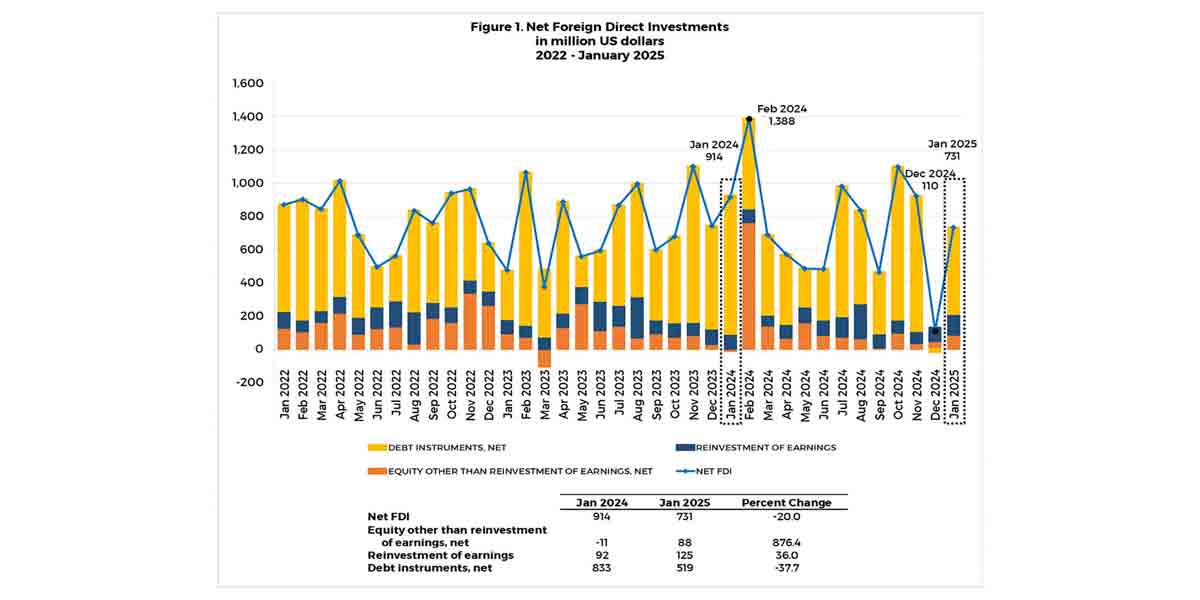 By Limuel Celebria
By Limuel Celebria
Define Talipapa! That is now the problem that confronts Kgd. Ely Armada Estante Jr., chairman of the Iloilo City Council Committee on Markets and Slaughterhouse.
Councilor Estante — together with Ariel Castaneda, chief of the Local Economic Enterpise Office and Charlie Hofilena, Executive Assistant for Markets, is seeking steps to regulate the operation of the informal village markets – particularly in the areas of health and hygiene, traffic, cleanliness and sanitation, and even peace and order and security. But in lawmaking, the proposed ordinance must be clear about what it is trying to regulate. Hence the need for a definition of terms.
But again, how does one define talipapa?
The talipapa has been part of Philippine culture. It may, in fact, be deemed a “social artifact” in a loose interpretation of the anthropologic term. The internet website enacademic.com defines “Social artifact” as any product of individuals or groups (social beings) or of their social behavior. Artifacts are the objects or products designed and used by people to meet re-occurring needs or to solve problems. (https://enacademic.com/dic.nsf/enwiki/1395958)
Even Folklore acknowledge its existence in early Philippine society. In a retelling of the legend of the mystic beauty Maria Makiling, the talipapa was referred to thus: It was the custom of Maria to go to a small market, sometimes called Talipapa, on weekdays. Just like other women, she would on such occasions wear clothes made of silk and embroidered with flowers and wide stripes for this was the fashion at that time. (https://www.slideshare.net/reign10/the-legen-dary-event)
Among Tagalogs, Talipapa originally meant a small market, especially for fish. Today, in nearly every place in the country the talipapa has come to generally mean a wet market to include meat, vegetables, and other raw, or even cooked, food ingredients for day-to-day consumption.
The talipapa is a socio-cultural construct arising out of need and convenience. It provides a service to common folk, supplying the households’ daily needs while also opening an un-taxed revenue stream for the more enterprising.
But problems do arise out of their operation. In many cases, talipapa vendors operate out of makeshift tables put up along sidewalks in the early morning and in the afternoon until early evening. They generally make a mess, they stink, they leave behind clogged drainages, they obstruct traffic. They attract flies and vermin that carry all sorts of viruses and bacteria and all sorts of hazards to public health.
In the case of meat vendors, there’s the great concern that their livestock do not pass inspection and are not slaughtered properly. Many of the meat being sold at the talipapa could be considered hot meat, some of them coming from sickly or even dead meat. In this age of the African Swine Flu, Avian Flu and other virulent diseases, the concern is real. Everyone must make sure their foods pass rigid inspection and certification.
The largely temporary and informal nature of the talipapa, however, may becloud any effort to regulate or impose sanctions on its operations simply because not all talipapas are the same. In some barangays the traditional talipapas consist of a cluster of vendors located along the road or junction. The tables are often makeshift or improvised. On the other hand, some resort to putting up an extension of their house.
Some barangays have put up stalls for the talipapa. This gave rise to another problem. The stalls have become residential units.
Again, what is talipapa? As a collective group subject to regulatory measures, what comprise the talipapa? When certain standards are imposed in terms of cleanliness and sanitation, hygiene, product quality, who will be subject for compliance?
It will be interesting to watch the Estante committee put the reins on what is traditional ly a free and informal economy. It could very well provide a template that other LGUs could follow or improve upon.




















